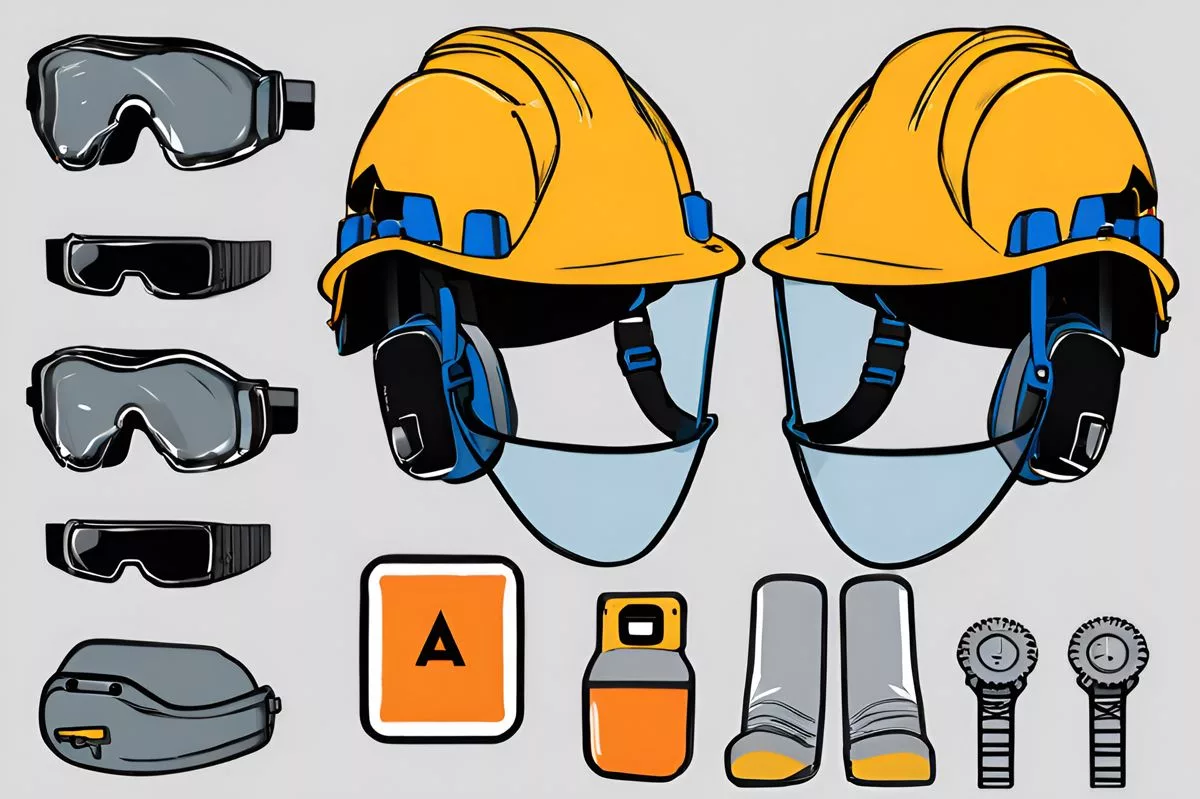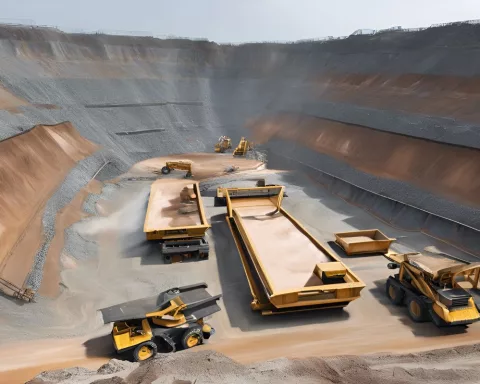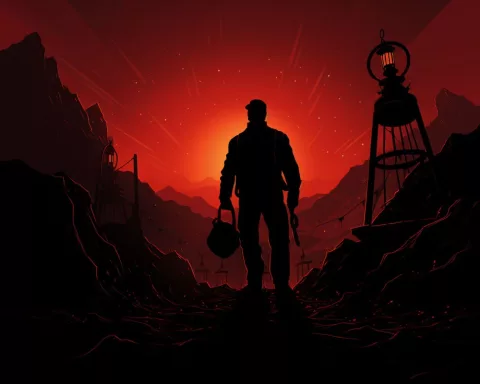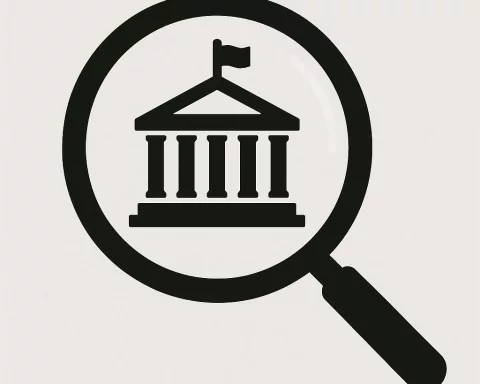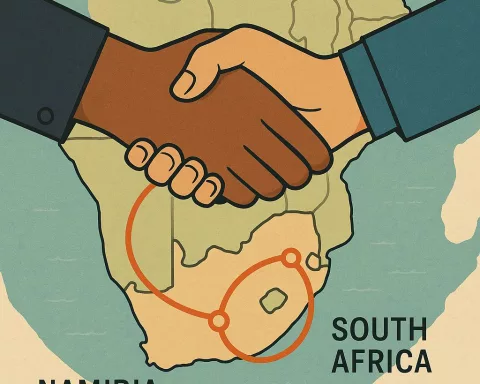Experts from the Wits Mining Institute and Sitef & Co provided valuable insights at a seminar on the South African mining sector. They discussed the various phases of mining, environmental impact, and health and safety concerns. The seminar highlighted the importance of artisanal and small-scale mining in Africa and the need for effective legislative governance in the industry. The workshop was part of a capacity-building initiative aimed at enhancing the Portfolio Committee’s supervisory effectiveness.
What was discussed at the Wits Mining Institute and Sitef & Co seminar on the South African mining sector?
Esteemed representatives from the Wits Mining Institute and Sitef & Co shared their expertise on the multifaceted aspect of the mining industry, highlighting the various phases, the environmental footprint, and the health and safety issues tethered to this industry. They stressed the significant economic contribution of artisanal and small-scale mining (ASM) in Africa and underscored the criticality of health and safety in mining. Finally, the workshop addressed effective legislative governance for the mining industry.
In August 2024, the Portfolio Committee on Mineral and Petroleum Resources organized a two-day long capacity-building workshop that took place within the confines of the Parliament precinct. Esteemed representatives from the Wits Mining Institute and Sitef & Co played a significant role in this workshop, sharing their expertise on the multifaceted aspect of the mining industry. They highlighted the various phases, the environmental footprint, and the health and safety issues tethered to this industry.
From the beginning, the Wits Mining Institute brought attention to mining’s capital-intensive aspect. They pointed out that the complete lifecycle of a mine, starting from its exploration until its closure, could span across decades, some even lasting up to a century. This highlighted the need for long-term financial investments in the industry.
To put it into perspective, the exploration phase alone could last for about ten years, followed by an additional one to five years for the design and construction of the site. The operational phase could be short, as little as two years, or it could extend to a century. The final phases, including closure, decommissioning, and post-closure, could last a minimum of five years and often extend beyond.
Section 2: South Africa’s Role in the Global Mining Industry
South Africa, a host to more than 50 types of minerals with a total estimated reserve value of a whopping US$2.3 trillion, holds a crucial position in the worldwide mining scenario. The Wits Mining Institute stressed the significant economic contribution of artisanal and small-scale mining (ASM) in Africa. As a case in point, ASM accounts for 20% of the global gold supply, 80% of sapphire supply, 20% of diamond supply, 26% of tantalum production, and 25% of tin production. Impressively, women constitute 40-50% of the ASM workforce in Africa.
The mining industry’s economic contribution is substantial, with a turnover of R1.1 trillion in the 2023/23 financial year, and a tax revenue contribution of R85.5 billion. However, mining activities also have their downsides. The environmental impacts include pollution, alterations and changes in landscapes, and consumption of natural resources.
Section 3: Addressing Health and Safety Concerns in Mining
Beyond the financial and environmental factors, the Wits Mining Institute underscored the criticality of health and safety in mining. They identified this as a persistent issue with roots in South Africa’s history that continues into its democratic era.
The industry’s health and safety regulations are guided by several legislative actions, including the Occupational Health and Safety Act, the Compensation for Occupational Injuries and Disease Act, the Occupational Injuries and Diseases in the Mines and Works Act, and the Mine Health and Safety Act. These legislative pieces are managed by the Department of Employment and Labour, the Department of Health, and the Department of Mineral and Petroleum Resources (DMPR).
Sitef & Co’s seminar echoed this emphasis on health and safety. They stressed the importance of legislation as a crucial tool in mitigating the adverse effects of the mining industry.
Section 4: The Portfolio Committee Insights and Future Plans
As part of this capacity-building initiative, the Portfolio Committee plans to engage in briefings with the DMPR and its entities. These engagements will focus on their roles, responsibilities, projects, challenges, and achievements.
Mr. Mikateko Mahlaule, the Committee chairperson, conveyed his positive anticipation that the workshop would equip the committee members with valuable industry-related information, thereby bolstering their supervisory effectiveness.
In conclusion, this capacity-building workshop marks a significant step towards a comprehensive understanding of the South African mining industry. It covers the industry’s financial needs, environmental consequences, and health and safety concerns within the broader context of effective legislative governance.
1. What topics were discussed at the Wits Mining Institute and Sitef & Co seminar on the South African mining sector?
Esteemed representatives from the Wits Mining Institute and Sitef & Co shared their expertise on the multifaceted aspect of the mining industry, highlighting the various phases, the environmental footprint, and the health and safety issues tethered to this industry.
2. What is the economic contribution of artisanal and small-scale mining in Africa?
The Wits Mining Institute stressed the significant economic contribution of artisanal and small-scale mining (ASM) in Africa. As a case in point, ASM accounts for 20% of the global gold supply, 80% of sapphire supply, 20% of diamond supply, 26% of tantalum production, and 25% of tin production.
3. What were the health and safety concerns addressed in the seminar?
The Wits Mining Institute and Sitef & Co underscored the criticality of health and safety concerns in mining, as identified as a persistent issue with roots in South Africa’s history that continues into its democratic era.
4. What are the legislative actions guiding health and safety regulations in the mining industry?
The industry’s health and safety regulations are guided by several legislative actions, including the Occupational Health and Safety Act, the Compensation for Occupational Injuries and Disease Act, the Occupational Injuries and Diseases in the Mines and Works Act, and the Mine Health and Safety Act.
5. What future plans does the Portfolio Committee have in regards to the mining industry?
As part of this capacity-building initiative, the Portfolio Committee plans to engage in briefings with the DMPR and its entities. These engagements will focus on their roles, responsibilities, projects, challenges, and achievements.
6. What is South Africa’s position in the global mining industry?
South Africa, a host to more than 50 types of minerals with a total estimated reserve value of a whopping US$2.3 trillion, holds a crucial position in the worldwide mining scenario. The mining industry’s economic contribution is substantial, with a turnover of R1.1 trillion in the 2023/23 financial year, and a tax revenue contribution of R85.5 billion.

